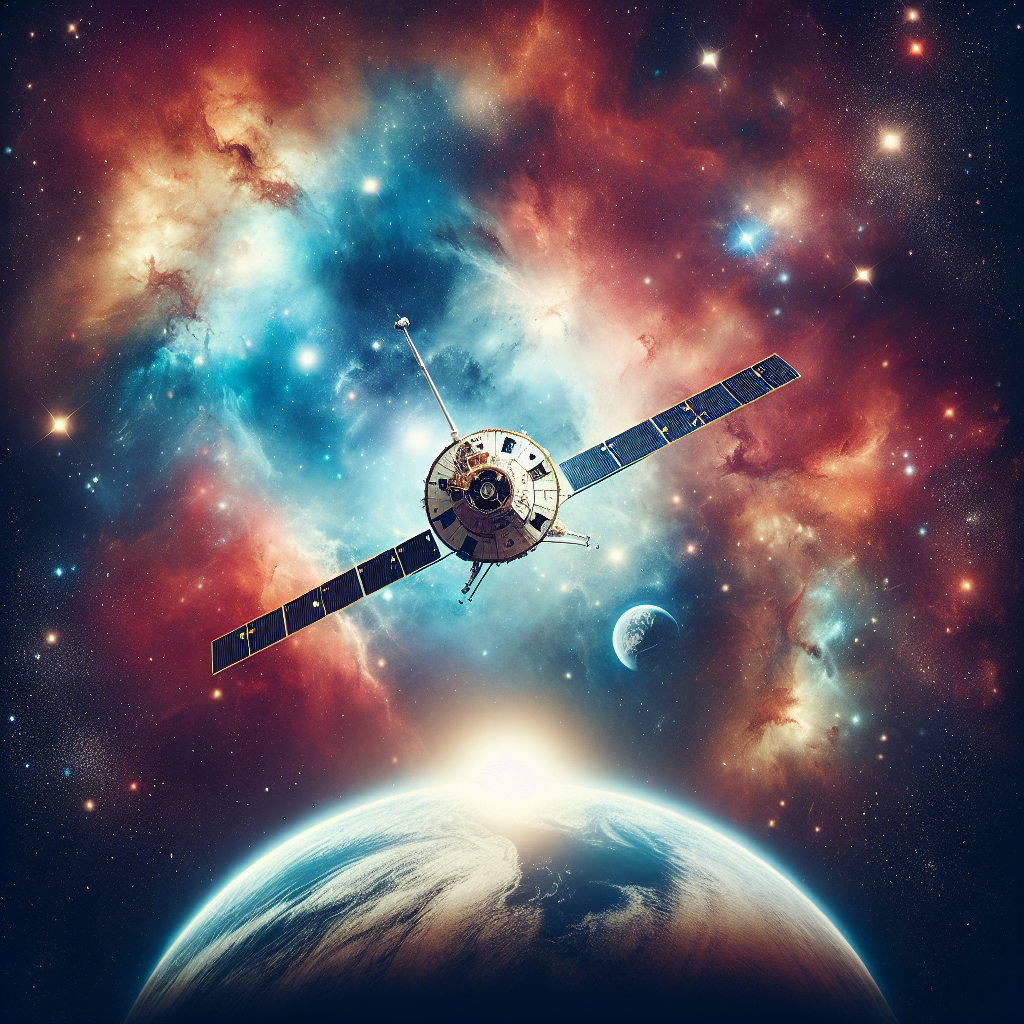Sometimes, under the vast, star-speckled skies of Northern Arizona, I find myself wrapped in the silent anticipation of what might be. Out here, the universe doesn’t just twinkle — it converses in hues of mystic blues and fiery golds. In these moments, I’m reminded of the upcoming NASA missions, each like a pending verse in the grand cosmic poem, promising to deepen our understanding of the heavens and, invariably, ourselves.
1. **Artemis I – Return to the Moon**
Imagine standing in a wide, open field, the night air cool on your skin, as you point a telescope towards the Moon, knowing that humans are once again walking its ancient soils. The Artemis I mission, part of a series aimed at returning humans to the Moon and eventually forging a path to Mars, is a beacon of modern lunar exploration. This mission paves the way for a sustainable human presence on the Moon by the end of the decade. As I think about the Artemis I, I can’t help but feel a connection to those first awe-struck observers who, centuries ago, gazed up at the Moon in wonder and speculation.
2. **James Webb Space Telescope (JWST) – A Time Machine Above**
Since its launch in December 2021, JWST has redefined our view of the cosmos. It’s already peered over 13.5 billion years into the past, capturing the earliest light from forming galaxies after the Big Bang. It’s like having a cosmic rearview mirror — one that shows the universe not as it is, but as it was. Every time I see a new JWST image released, I feel like a kid with a telescope again, staring at the night sky and wondering how far back we can really go.
3. **Psyche – Journey to a Metal World**
Far beyond the rocky comfort of our terrestrial home, the Psyche mission aims to explore a uniquely metal asteroid, also named Psyche, which orbits the Sun between Mars and Jupiter. This mission could provide incredible insights into the violent collisions and accretion that created the terrestrial planets. Holding my worn-out star map on a chilly evening, I marvel at how this mission might change our understanding of the very material that makes up our planet and offers a tangible connection to the otherwise theoretical past.
4. **Dragonfly – Titan’s Drone**
Dragonfly redefines what exploration means by taking to the skies of Titan, Saturn’s largest moon. This rotorcraft will fly in Titan’s atmosphere, thick with nitrogen, to sample surfaces and seek signs of past or present life. The thought of Dragonfly buzzing through alien skies, over landscapes wrought with rivers of liquid methane, feels like something sprung from the pages of a sci-fi novel. Yet, it’s as real as the stars above me, a reminder of the boldness of human curiosity.
5. **Europa Clipper – Ocean World Odyssey**
Europa, with its icy shell and subsurface ocean, has tantalized scientists with its potential for supporting life. The Europa Clipper mission aims to swoop around this Jovian moon, collecting data to understand its icy surface and the deep, dark ocean beneath. Each pass of the Clipper over Europa’s mysterious cracks and ridges will be like skipping a stone across the cosmic pond of our Solar System, watching the ripples of discovery spread out into our knowledge of life’s potential out there in the deep dark.
Each of these missions, from returning to our nearest celestial neighbor to reaching into the depths of our Solar System’s past, ignites a fire of excitement and wonder within me. As I wrap my jacket tighter against the desert night’s chill and look up, I know these missions will not just rewrite textbooks but might also redefine our place in this vast, beautiful expanse. And perhaps, on one of these ordinary nights, with my eyes fixed on the heavens, the universe might just whisper more of its secrets.


